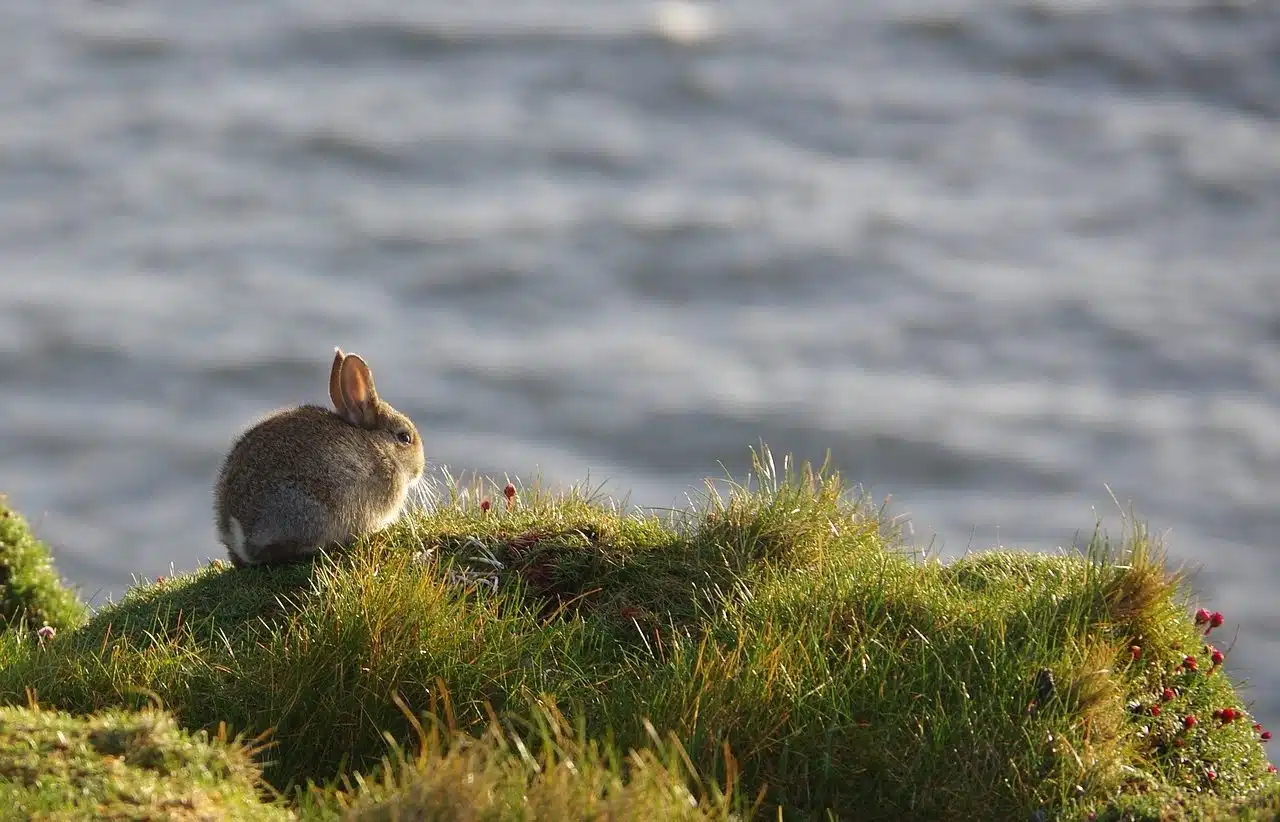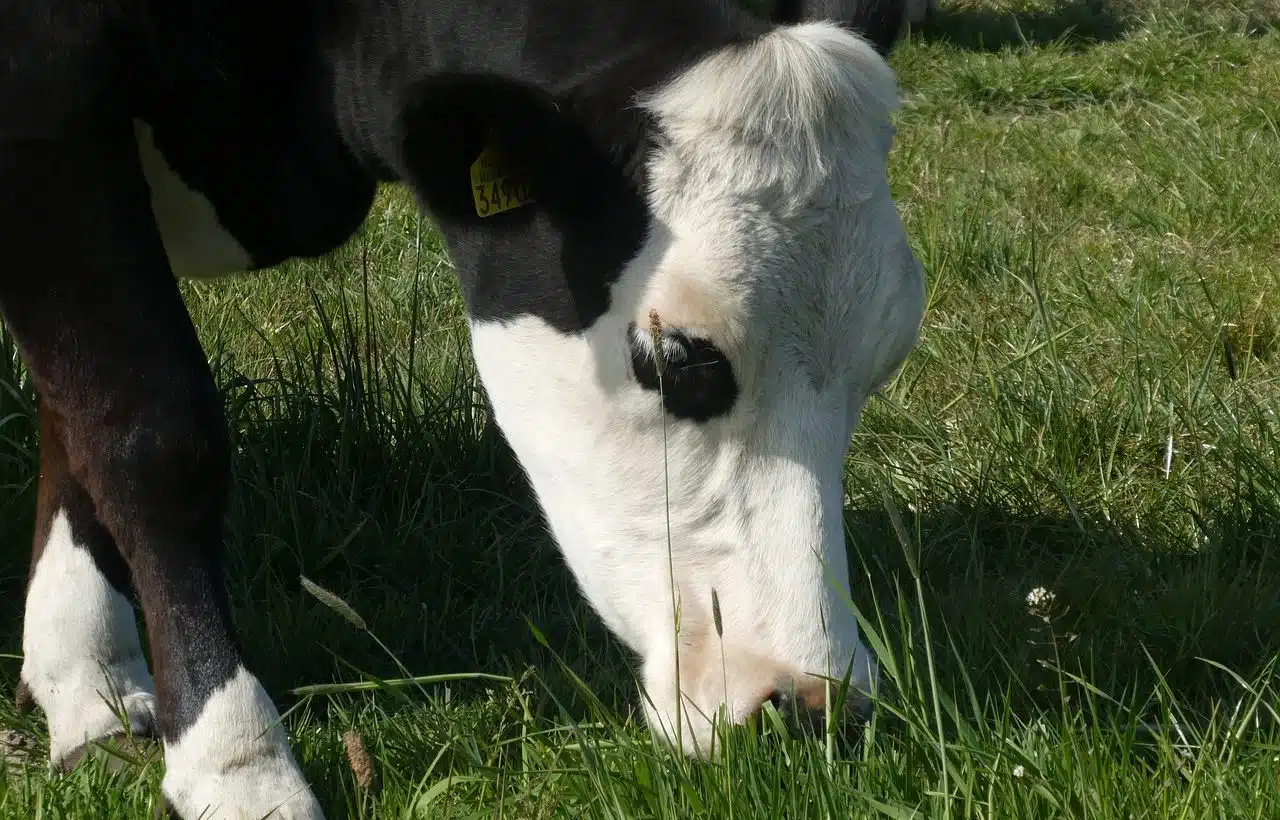
The appearance of an invasive species in a habitat can alter the food chain.
Food chain is a concept that refers to the nutritional relationships between producers, consumers and decomposers . In other words, the chain reflects who eats who (a living being feeds on the one that precedes it in the chain and, at the same time, is eaten by the one that follows it).
It is, in short, a flow of energy that begins with photosynthesis and is then transferred from one organism to another through nutrition . Therefore, the food chain (also called food chain ) begins with photosynthetic plants, which have the ability to create living matter from inert matter. That is why they are called producers . Autotrophs is what these aforementioned producers are also called, among which we can emphasize that plants are found.
Primary, secondary and tertiary consumers
In the next link of the chain we find the animals that feed on the producers and are called primary consumers or phytophages . Herbivorous beings are the primary consumers because they eat plants: among them we could highlight, for example, various types of insects . These animals, in turn, serve as food for others that are known as secondary consumers or carnivores .
Then we could also talk about tertiary consumers , which are those that basically feed on secondary consumers. Among them are all the animals in the ecosystem that exert superiority over the rest, as would be the case of superpredators (predators that lack natural predators) such as the crocodile, the shark, the jaguar, the polar bear, the wolf and the lion. .
To close the chain, bacteria and fungi appear that decompose plant and animal waste. With this decomposition, simple elements reappear that are used as food by plants. However, to all of the above we must add that up to seven trophic levels can be established in this food chain if actions or phenomena such as commensalism , mutualism , symbiosis , parasitism or decomposition are taken into account.

A primary producer that harnesses solar energy to produce complex organic compounds is located at the base of the food chain.
The trophic pyramid, graphic representation of the food chain
In order to perfectly understand how the food chain works and work with it in a much easier way, it is common to represent it using the so-called trophic pyramid or energy pyramid . It is an element, in the shape of said geometric object, where each of the levels is ordered following a criterion from highest to lowest. That is, at the top of it the upper level will appear (that of the super predators) and we will continue going down until we reach the base of the pyramid where the beings called producers are found.
It is important to highlight that, in a food chain, all beings have great importance: with the disappearance of a link, those who follow it are left without food. On the other hand, the living beings that are at the level immediately preceding the missing link begin to experience overpopulation, since they do not have their predator .

In the food chain, autotrophic organisms are ingested by heterotrophic organisms.
Preservation of ecology
For all this, the protection of all components of ecosystems , preserving biodiversity , is of vital importance. Human beings must pay attention to ecology and biology to take care of their own survival.
The conservation of the natural habitat of fish, amphibians, reptiles, mammals, birds and other animals is essential. To mitigate human impact, a national park or nature reserve needs to be established in those key areas for animal reproduction or migration, for example.
Sustainability , however, also depends on how human activities are carried out. Uncontrolled hunting and fishing can lead to the extinction of species , just as intensive agriculture that uses pesticides and chemical fertilizers to improve crop yields generates pollution and affects the planet in general.
Human actions can also alter the food chain with deforestation . Cutting down trees not only destroys the habitat of many species, but also affects climate change, leading to all kinds of negative consequences.
Examples of food chain
We can find multiple examples of food chains, some simpler than others. A simple one is the following:
Grass > Zebra > Lion
Zebras that live in the African savannah feed on grass. In turn, these zebras are prey to lions. As you can see, in this chain there are producers (the plants that make up the grass), primary consumers (the zebras) and secondary consumers (the lions). When lions die, on the other hand, they are decomposed by worms and various microorganisms.
Take the case of common foxes, which are omnivores:
Berries > Common fox > Wolf
Plant stems > Rabbit > Common fox
In this case, depending on the relationship considered, the common fox occupies different levels of the food chain.
